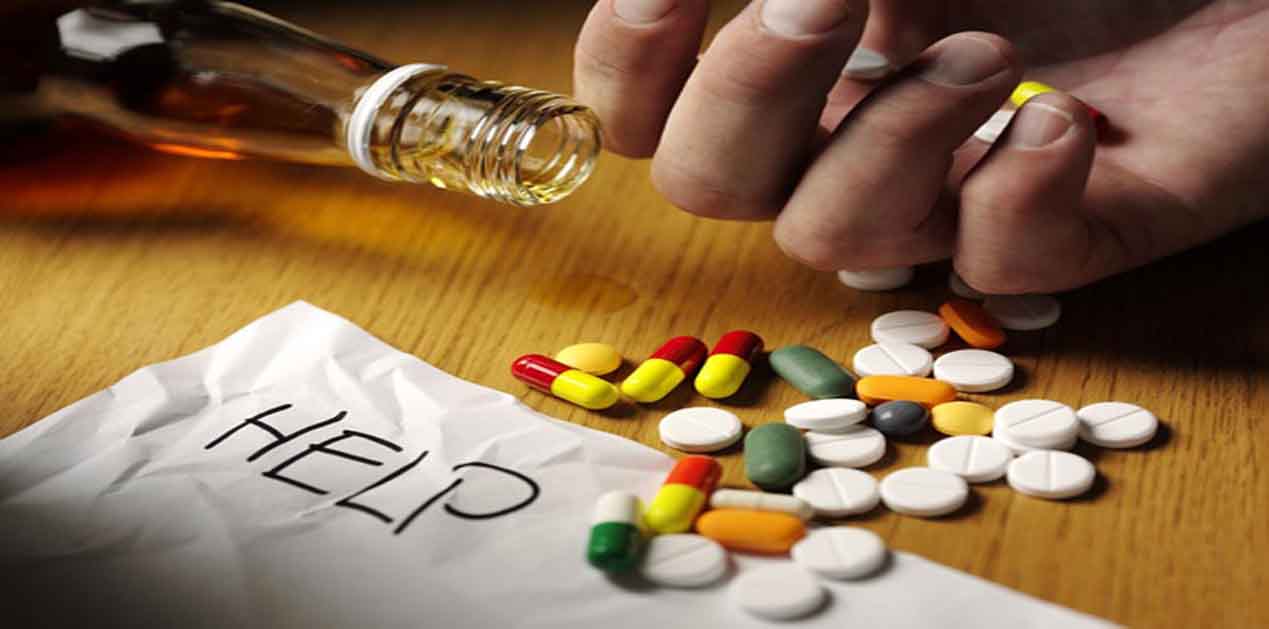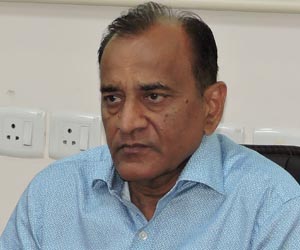Late last month, six northern States and a Union Territory joined hands to tackle the rising drug abuse menace in the region. Ruled by different political parties, they have come together, cutting across ideologies, to plot a common strategy. The initiative was taken at a regional conference of Chief Ministers organised by the Haryana Government. The meeting was attended by the Chief Ministers of Haryana, Uttarakhand and Punjab, while their Himachal Pradesh counterpart participated through video-conferencing. Senior officials of Rajasthan, Delhi and Chandigarh were also part of the exercise. They have resolved to “deliver as one, with the full might of the law in a crusade-like manner to break and demolish the supply chains…” They also agreed to establish a permanent secretariat for the purpose and meet regularly at the highest levels to take stock of the progress.
That political leaders of these States have vowed to combat drug abuse in a coordinated manner, setting aside their many other differences, indicates the enormous proportion the crisis has assumed. Besides, it has had political implications — the Congress fought the last Punjab Assembly election promising to root out drug abuse from the State, and secured a comprehensive mandate from the people. It’s a fact that Punjab faces a grim situation. A 2015 study, commissioned by the Union Ministry of Social Justice and Empowerment and conducted by the Society for Promotion of Youth and Masses in the State, had thrown up startling facts. 89 per cent of drug addicts were educated and literate; 83 per cent of the drug addicts had regular jobs; half of the drug addicts were from villages; an average of Rs 1,400 was spent every day by an addict. These figures fly in the face of the common perception that drug abuse is largely the result of unemployment or illiteracy, or limited to villages.
The situation in Delhi is as bad, with even children addicted to drugs. A survey conducted in the national capital found that about 70,000 street children are addicted to drugs of various kinds; the habit had caught on with children as young as 12-13 years; 60 per cent of children who were addicts, lived with their parents. The respondents offered various reasons for their addiction — from peer pressure to escape from hunger and poverty.
It is not surprising that the drug abuse menace is not limited to a State or two, but is prevalent in the entire northern region. After all, not only does the drug mafia have an inter-State spread, but it is also a beneficiary of cross-border illegal trade. According to reports, one kilogram of heroin — a popular addictive — smuggled from Afghanistan and Pakistan costs around one lakh rupees, but is sold in India, through Punjab (which is both a transit route and destination), for as much as Rs 30 lakh. One doesn’t need to be a mathematical wizard to understand the mind-boggling profits that are to be made from such deals. With stakes so high, it is not a wonder that the drug mafia has established links with powerful people in the political system, the police and the administration.
But while Punjab has been a tried and tested entry-point for drugs from across borders, Rajasthan has alarmingly emerged as the new favourite. This is partly because of the increased surveillance across the India-Pakistan border in Punjab. In recent years, authorities in Rajasthan have confiscated large quantities of drugs such as opium and marijuana, which had come via Madhya Pradesh and was on its way to Punjab. But these seizures are only a fraction of what eventually lands up in Punjab. It is these expanding routes that have propelled the north Indian States to jointly fight the menace. It is the geographical proximity that the six States hope to work in their favour. Ironically, it’s geography again which has made these States vulnerable to the dangers of rampant drug abuse: India is close to the Golden Crescent (Afghanistan, Pakistan, Iran) and the Golden Triangle (Myanmar, Laos, Thailand), that are known as centres of drug-trafficking.
Geography cannot be changed. However, Governments (through legislations and programmes to reach out to addicts in a bid to rehabilitate them, etc), and a more effective law and order machinery can make a difference. Prime Minister Narendra Modi had, in one of the earliest editions of his Mann Ki Baat, spoken on the issue. He called for launching a #DrugFreeIndia movement on social media, and appealed to former drug addicts to share their stories with the people. Social awareness in the way he suggested is certainly welcome, but that alone will not suffice. So long as the politician-administration-police-drugs mafia is not struck at with force, and so long as de-addiction facilities and helpline measures remain issues of concern, the problem will not be satisfactorily addressed.
According to experts associated with leading hospitals in Delhi, and who have been quoted in national newspapers, there has been a lopsided focus on tackling the supply of drugs, whereas more efforts need to be made in demand reduction. The latter involves the prevention of addiction and greater access to treatment for addicts — both medical and psychiatrical. One expert has pointed out that not more than 4,500 psychiatrists in the country are trained to handle de-addiction, and only a few among them are equipped for drug de-addiction. One medical expert said that most hospitals discharge drug-users after a few days of the withdrawal symptoms disappearing, with the result that, minus long-period supervision, these patients slip back into the drug-intake habit. The problem is gigantic; according to a Government response in Parliament some two years ago, more than seven crore people in the country had been affected by drug abuse.
It’s not that Governments over the decades haven’t done anything in the matter, but their efforts have fallen short as the menace has outstripped solution. The Union Ministry of Health and Family Welfare had, back in 1988, initiated the Drug De-addiction Programme (DDAP), with a mandate to provide for a network of treatment facilities for those suffering from ‘substance use disorder’. Various Governments and their departments have sought to tackle the menace through a three-pronged approach: Supply reduction, demand reduction, harm reduction. The second and the third factors are dependent on the measures authorities take in establishing de-addiction centres, expert counselling, and medical treatment for the various ailments that come with drug abuse. It’s also important to have a humanitarian approach — treating addicts with sensitivity and not as social outcasts. According to a 2017 report in the Indian Journal of Psychiatry, drug de-addiction centres (DACs) set up by the Government across the country, had been only partially successful. Either Government funding had been inadequate, or few patients accessed those centres, or the service delivery was below expectation. The report suggested the mainstreaming of de-addiction treatment into the general healthcare system.
These issues were also highlighted in a Lok Sabha Standing Committee Report of 2015-16, which dealt with the subject of substance abuse (both alcohol and drugs). It pointed out that ‘demand reduction’ as a means of combating drug abuse had been accepted by the Government of India “as an indispensable pillar of drug control strategies in accordance with the United Nations General Assembly (20th Special Session, 1998)”. The Report also put on record that India was a signatory to a host of anti-drug-abuse conventions — Convention on Narcotic Drugs, 1961; Convention on Psychotropic Substances, 1971; Convention against Illicit Traffic in Narcotic Drugs and Psychotropic Substances, 1988; and, Transnational Crime Convention, 2000.
In effect, India is part of a larger international order that is committed to scaling down the demand (and supply) of illicit drugs. While this should help it face the ‘supply’ challenge, which is transnational, in reality the task is many times more difficult. Perhaps this is one reason why experts have been for long insisting that Indian authorities should focus more determinedly on the ‘demand’ aspect which is, if nothing else, more under internal control.
(The writer is a senior political commentator and public affairs analyst)
Image Source: https://s3-ap-southeast-1.amazonaws.com/subscriber.images/biology/2015/12/01063754/Alcohol-and-Drug-Addiction.jpg’











Post new comment